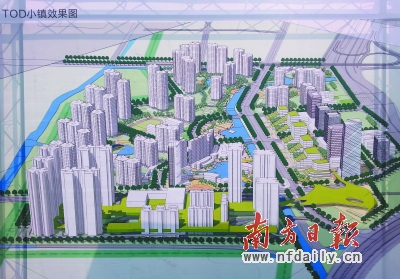Housing projects for tomorrow and yesterday lauded

The Zhuhai Information Management Platform of the Europe-China Eco-Cities Link (EC-LINK) and Digitization of Historical Architectures projects are cited in the 2017 Science & Technology Program of the Ministry of Housing & Urban-Rural Development.
The national program supports top-level and highly innovative projects that focus on housing demands and the urban-rural construction industry. Candidates each have a high value of promotion and practical application, and play a positive role in adjusting and upgrading industrial structures.
The program encompasses soft science research, scientific research and development, science and technology demonstration, and international science and technology cooperation.
The EC-LINK Project is listed in the international science and technology cooperation category. Headed by the Zhuhai Urban-Rural Planning, Verifying & Information Center and China Society for Urban Studies (CSUS), it provides overall planning and dynamic supervision of relevant works in the city. It takes the lead in China's low-carbon eco-city construction.

Rendering of theTOD Town as partof the EC-LINK Project [Photo courtesy nfdaily.cn]
Included in the science and technology demo (digitization) category, the Digitization of Historical Architectures Project integrates conventional historical building preservation technology with real-time kinematics (RTK), 3D scanning, holographic image collecting and processing, photography modeling, archive management, multimedia, and computer technologies.
Moreover, it offers a new approach to blend digital technology with historical and cultural heritage preservation and urban space management, which has profound prospects and sound economic and social returns.
According to an executive at the Housing & Urban-Rural Planning & Construction Bureau, data collection and filing of geographical coordinates, surrounding environment and architectural details, sophisticated modeling and drawings of ichnography, elevation, and cross-section of 23 first-batch historical buildings have already been completed.
Meanwhile, two-dimensional and three-dimensional information about the historical buildings can be presented, searched and invoked via emerging Internet technologies such as Web and mobile apps. A Zhuhai-characterized information system management framework will also be in place, providing technical support for the preservation, repair, publicity, and utilization of historical architectures.
MOST POPULAR
- 1 China to give visa-free treatment to another 9 countries
- 2 China fully opens manufacturing sector to foreign investors in landmark opening up move
- 3 China's import expo attracts record-breaking participating countries, exhibitors
- 4 China's door opening even wider to foreign visitors, businesses
- 5 China revises rules to ease foreign strategic investment in listed firms
Editors' Picks
 Video:
Peru sees new port open
Video:
Peru sees new port open
 Infographic:
China's public holidays for 2025
Infographic:
China's public holidays for 2025
 Infographic:
Basic facts of APEC
Infographic:
Basic facts of APEC
 Infographic:
Wrapping up the 7th CIIE: Data recap
Infographic:
Wrapping up the 7th CIIE: Data recap



